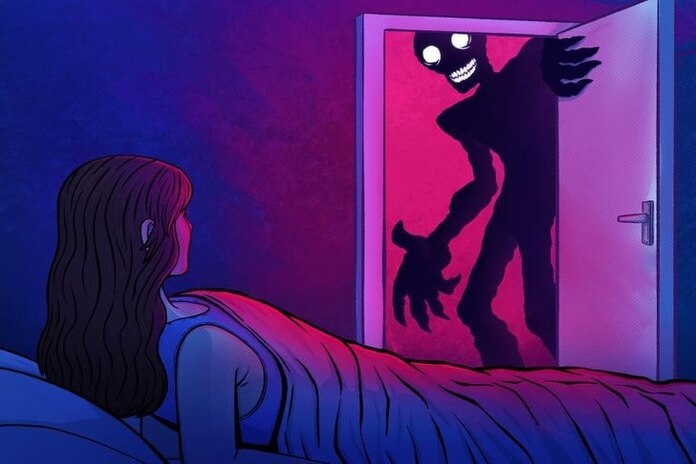As night falls and you lay your head on the soft pillow, you are about to embark on a journey into the enigmatic world of sleep. This experience, where your subconscious takes the lead, can occasionally unfold into a mysterious or disturbing odyssey.
Walking Nightmares
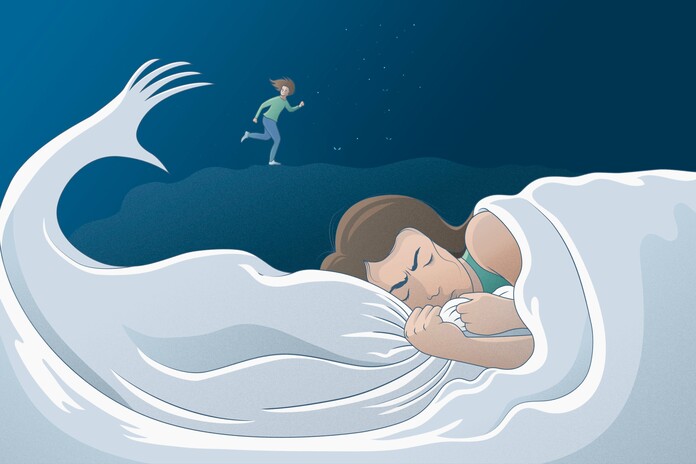
Have you ever experienced the phenomenon of sleep paralysis, also known as walking nightmares? It’s a surreal state where you find yourself trapped between waking and in a dream, where you are fully conscious but unable to move or speak. When you wake up you see an eerie figure lurking near you while you are unable to do anything about the situation. These types of things leave a lasting impact causing you to destress and have potential triggers which include lack of sleep, stress, or sleep patterns. Although this kind of activity is not harmful to you but can bring you some discomfort, and a feeling of helplessness during the time, leaving you trapped in a nightmarish state.
Hypnic Jerks
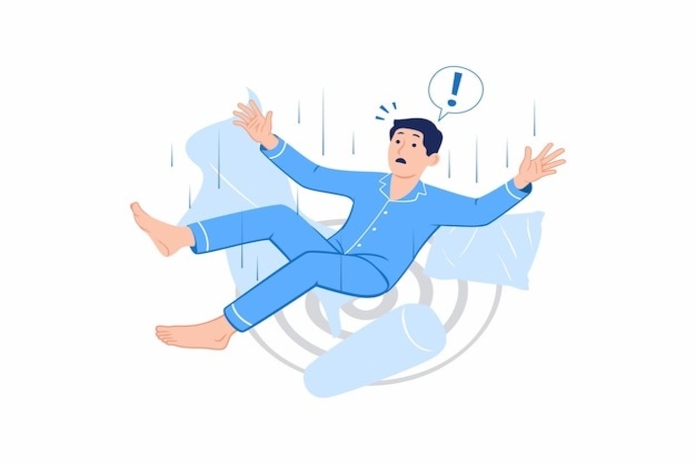
As you start drifting into sleep, a sudden spontaneous twitch shakes your body causing you to snap awake. These unexpected movements are known as hypnic jerks, it is quite common and is often accompanied by a sensation of plummeting. Roughly 70% of people experience these jerks, and researchers are still debating their exact cause. Hypnic Jerks may occur as the body responds to relaxation, with muscles loosening, and the brain misinterprets this as a signal of you falling, resulting in a quick contraction. Although they can be startling
, it is generally very harmless and provide a noteworthy complex between wakefulness and sleep in your body.Sleep Paralysis
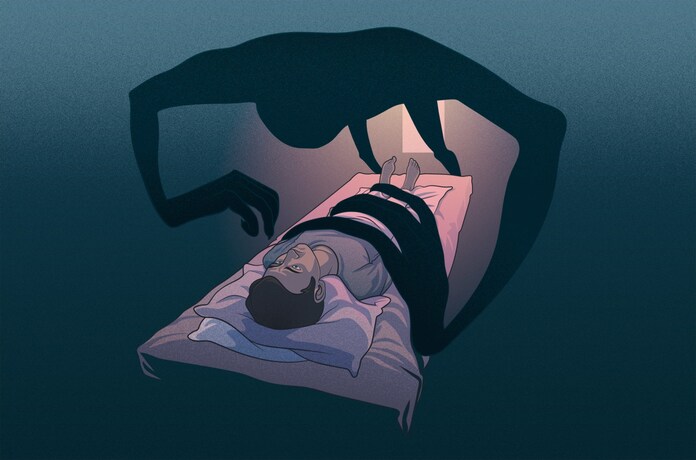
Imagine yourself waking up from sleep in the middle of the night and finding yourself unable to move or speak. This eerie experience is known as sleep paralysis. During sleep paralysis, your brain is caught between being asleep and being awake, leaving your body in a temporarily paralyzed stage. Despite being fully conscious of this stiffness, you may find yourself unable to move for several seconds to a few minutes. It’s not uncommon to experience hallucinations during this time, such as sensing a threatening presence or seeing dark shapes. Many people say they feel a heavy pressure on their chest, which is described as a crushing sensation. While sleep paralysis is typically harmless, it can trigger intense fear. It’s helpful to maintain a regular sleep schedule and find effective ways to manage stress to lower the likelihood of experiencing sleep paralysis.
Night Terrors
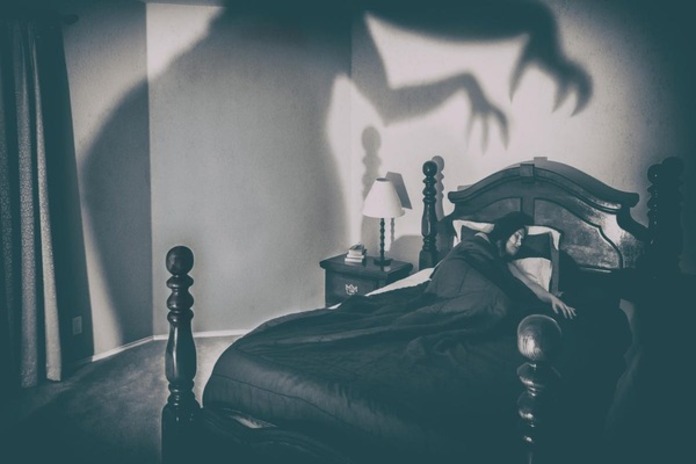
Night Terrors are different from nightmares and occur during non-REM sleep, typically within the first few hours of falling asleep. Unlike nightmares, which are often remembered vividly, night terrors are usually recalled as a sense of extreme fear or terror. Night terrors often involve screaming, thrashing, or even jumping out of bed while sleeping. During a night terror, heart rate may increase and sweating can be profuse. Unlike nightmares, it’s unlikely for the person to fully wake up during a night terror, and they may have little to no memory of the event in the morning. While it is more common in children, night terrors can persist into adulthood, disrupting sleep for both the person experiencing them and the other person in the household.
Sleep Walking
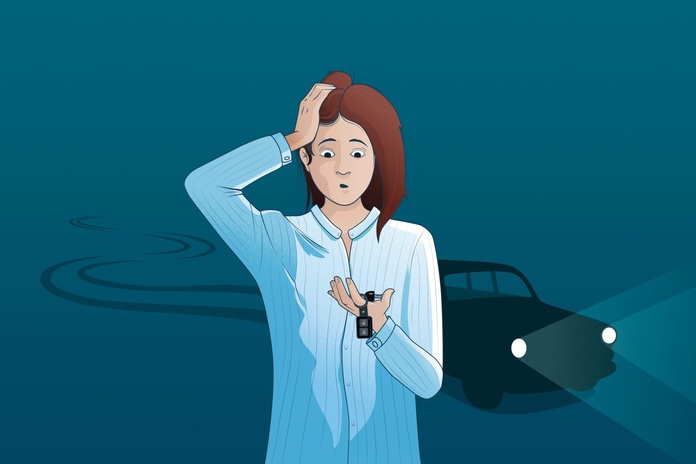
Sleepwalking, also known as somnambulism, might seem to be harmless, but it can expose you to unexpected dangers. During sleepwalking, you could unwittingly navigate difficult environments, operate machinery, or even drive a vehicle while in a deep state of sleep. What’s affecting is that during these attacks, you are largely unresponsive and unaware, also deeply reducing your ability to wake up or respond to external triggers. In rare examples, sleepwalking can lead to unintended harm to yourself or others, transforming sleep from a peaceful sanctuary into a potential threat.
Acting Out Dreams
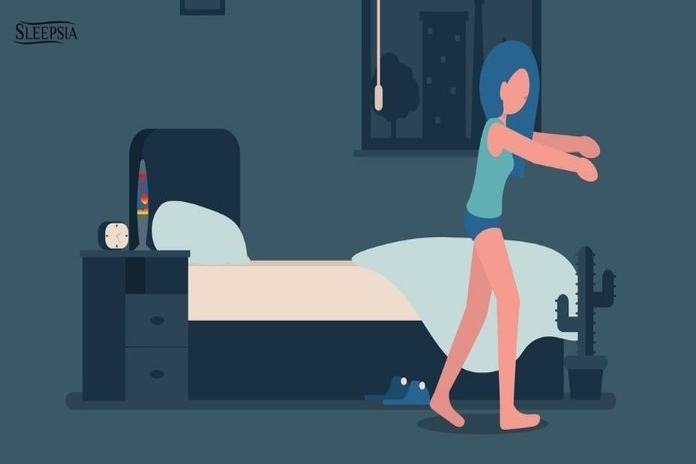
REM Sleep Behavior Disorder, also known as RBD, is an uncommon condition distinguished by individuals physically acting out their dreams, potentially leading to self-harm or harm to others. Ordinarily, muscle paralysis during REM sleep prevents such behaviors. However, when a person has RBD, they may shout, hit their arms, strike out, kick, or even leap out of bed. The dreams they act out are often extremely vivid and can involve brutality or intense movement. This disorder is more prevalent in older adults, particularly those with neurodegenerative disorders like Parkinson’s disease. RBD generally involves an exhaustive sleep study to observe behavior during sleep. Treatment for RBD may involve medication or changes to the sleeping environment to ensure safety. If someone experiences intense dreams escorted by physical responses, it is crucial to seek advice from a healthcare professional.
Sleep Deprivation on the Brain
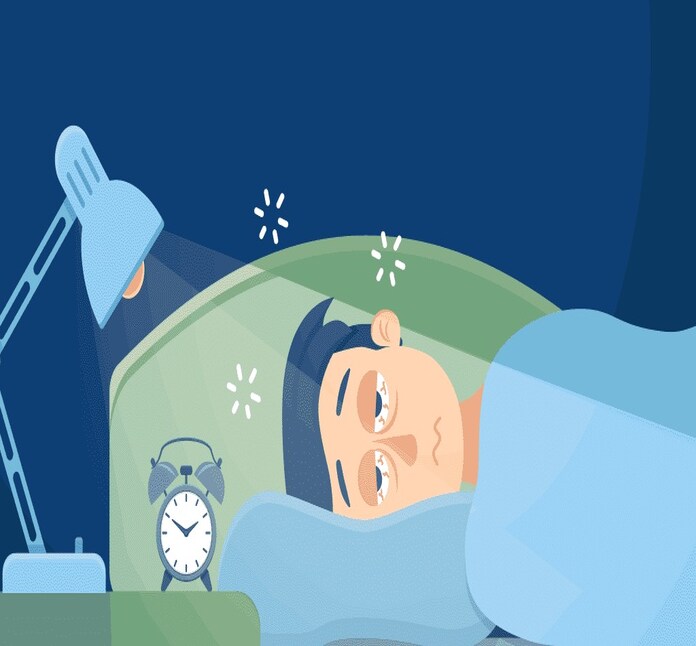
When you don’t get enough sleep, it can have an effective impact on your brain. Your brain’s ability to function slows down, making it harder to think clearly and solve problems. You may experience mood swings and negative emotions more extremely because your emotional compromises overreact. Additionally, it becomes more difficult to learn and remember new information because your brain struggles to reduce memories. Long lack of sleep can even cause the brain’s murky subject to shrink, leading to a decrease in mental function.
In addition to these effects, the brain’s natural cleansing process, which occurs during sleep and removes toxins may be increasing the risk of developing neurodegenerative diseases.
Regular Nightmares
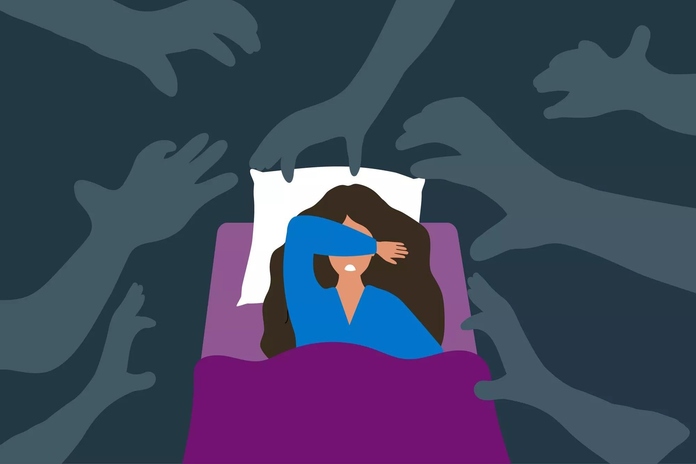
Regularly disturbing nightmares can deeply disrupt your ability to rest, leading to a range of challenges throughout the day. You might encounter: Endless feelings of anxiety or fear, particularly as bedtime approaches, making it harder to fall asleep. It increases the risk of mood disorders like depression or anxiety due to ongoing sleep disturbances. You might find difficulty with mental tasks, such as memory recall, focus, and decision-making, as a result of insufficient, healthy sleep. Also wasted relationships as grumpiness or emotional instability affect social interchanges. Moreover, physical health problems, such as regular lack of sleep are linked to conditions such as obesity, diabetes, and heart disease.
Each night can feel like a battle, and each day can feel like a struggle to recover from the impact of your nightmares.
Blood-Sucking Hitchhikers
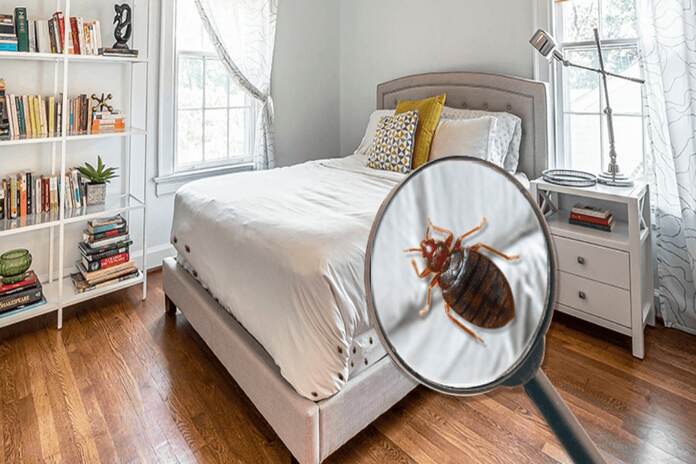
It’s important to be cautious not only about the obvious risks of picking up hitchhikers but also about the unseen dangers that may lurk in your own home. Imagine discovering bloodstains, feces, or even dead bodies in your bed when you believe you’re alone. Picture tiny creatures like vampires biting you in the dark, leaving pricks in your skin. Although not life-threatening, bed bugs are creepy and can be extremely costly to get rid of. Their existence is increasingly pervasive in various parts of the US, showing up in hotels, homes, and stores. To protect yourself from them, it’s essential to be alert. Learn where you’re staying elsewhere or returning home, and carefully examine your belongings and bedding.
Sleep-Related Hallucinations
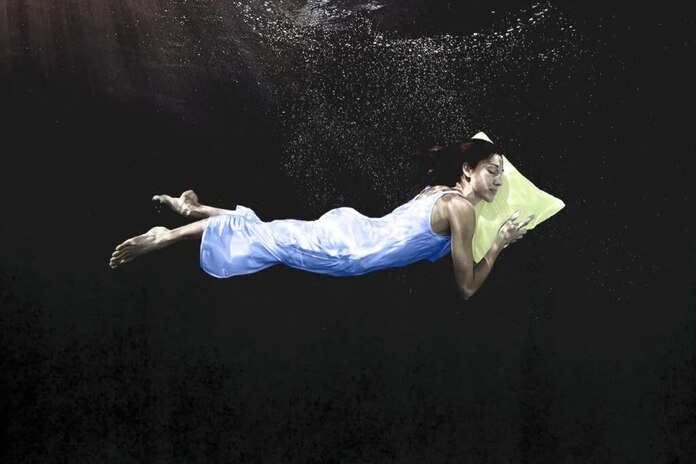
Imagine closing your eyes at night, hoping for a peaceful sleep, only to be met with clear and sometimes unexpected images that blur the line between dreams and reality. These hallucinations, experienced as you are just about to float off to sleep or as you wake up, can range from simple patterns to complicated scenes. Danger aspects of experiencing these hallucinations include lack of sleep and stress, and they may be associated with sleep disorders. While these hallucinations can be uncomfortable, they are generally harmless. Recognizing and understanding these nighttime illusions is important to ease any concerns and reassure yourself that, although vivid, they are usually harmless occurrences during sleep.
Conclusion
The night reveals an overload of mysterious sensations, from sudden hypnic jerks to vivid waking nightmares. Adopting these mysteries can lead to a deeper appreciation of the deep nature of sleep. Also, prioritizing good sleep hygiene and attaching to a consistent routine is crucial for maintaining quality rest.
If you encounter any disruptions, seeking advice from experts is important. Remember, these mysteries are not solely about easing fear but also about improving your overall well-being.
FAQ
What is sleep paralysis?
Sleep paralysis is a condition where a person is conscious but experiences temporary paralysis, making it impossible to move or speak. This phenomenon often involves hallucinations and can be triggered by stress or irregular sleep patterns.
What are hypnic jerks?
Hypnic jerks are sudden muscle twitches that occur as someone is drifting off to sleep, sometimes accompanied by a sensation of falling. These twitches are common and generally harmless.
What are night terrors?
Night terrors are intense episodes of fear or terror during non-REM sleep, often involving physical movements like screaming. They are more common in children.
What is sleepwalking?
Sleepwalking entails carrying out activities while still asleep, such as walking or talking. It occurs during deep sleep and can be risky due to reduced awareness.
What is REM Sleep Behavior Disorder (RBD)?
REM Sleep Behavior Disorder (RBD) is a condition in which individuals act out vivid dreams during REM sleep, potentially causing harm. It is more prevalent in older adults, especially those with neurodegenerative disorders.
What are sleep-related hallucinations?
Sleep-related hallucinations are vivid sensory experiences that occur when falling asleep or upon waking up. They can range from simple patterns to complex scenes and are generally harmless.
Also, read more about, The Science Behind Postprandial Sleepiness: Causes of Feeling Sleepy After Eating, Discover the Top 11 Healthiest Berries and Their Amazing Benefits.
